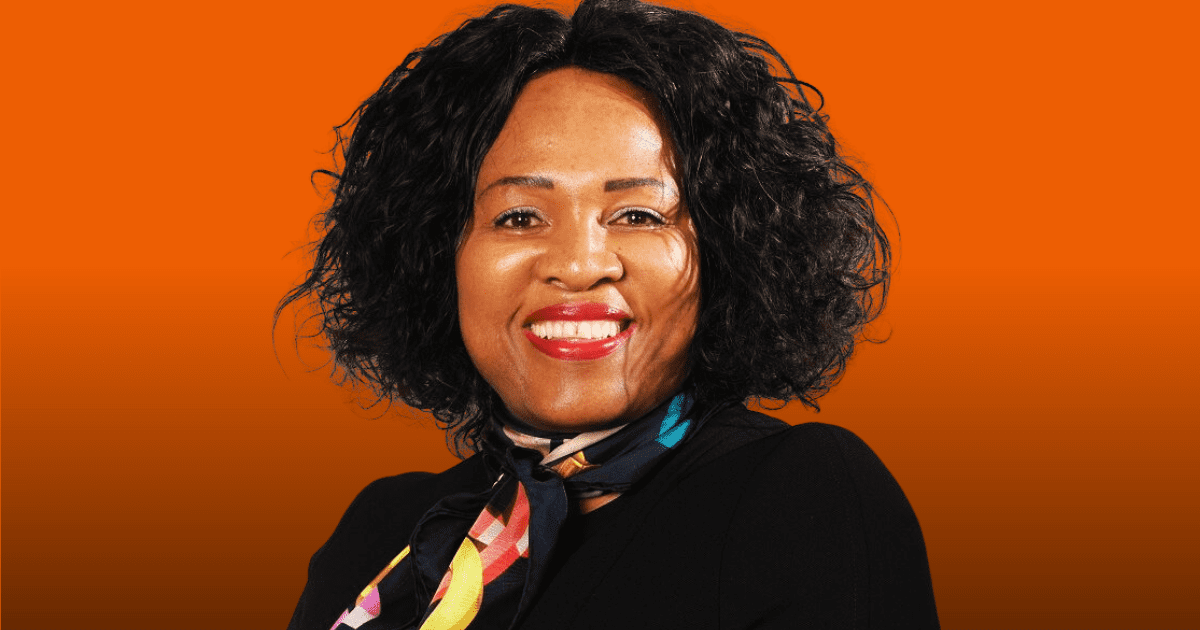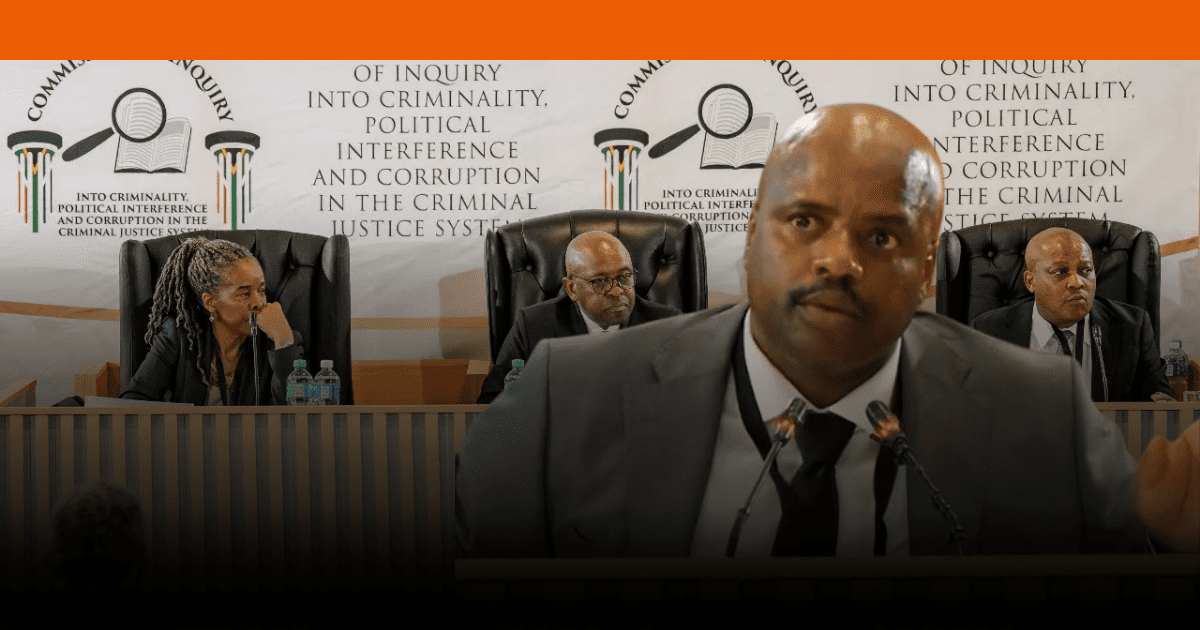Southern Africa is facing a severe drought, putting millions of lives at risk. The situation is so terrible that several countries, including Lesotho, Malawi, Namibia, Zambia, and Zimbabwe, have declared national disasters.
This historic drought has already destroyed crops and livestock, leaving communities struggling to survive. According to the United Nations, over 27 million people across the region are suffering, with 21 million children already facing malnutrition. The drought has disrupted the region’s farming, particularly affecting those who rely on small-scale agriculture for food and income. Crops and livestock have died, and many families are struggling to get even one meal a day. The situation is expected to worsen in March or April 2025.
Here in South Africa, the drought has affected various parts of the country, including Madikwe Game Reserve in the North West. Since August, the reserve has faced severe food shortages due to the drought, which has led to the deaths of as many as 80 elephants. The reserve, home to an estimated 1,600 elephants, is struggling to support such a large population, as the vegetation can’t keep up with the elephants’ feeding demands. As a result, overgrazing has become a major issue, adding pressure to the environment.
Let’s dive into what’s causing this crisis and how it’s connected to climate change and the water challenges in Johannesburg. You might be wondering what causes droughts in some regions of the continent, let’s explore them here:
What Causes Droughts in Southern Africa?
Droughts don’t just happen overnight; a combination of natural and human-made factors causes them. Here are some of the key reasons:
1. Climate Change
Climate change is a significant driver of droughts. Climate change is when the Earth’s climate changes over time, mainly because of activities like burning coal, oil, and gas. These activities release gases into the air, trapping heat and warming the planet.
This warming disturbs the weather patterns. For example, Southern Africa is heating up faster than the global average, leading to longer dry seasons and shorter rainy periods.
2. The El Niño/La Niña Climate Cycle
The El Niño/La Niña climate cycle is like nature’s way of shifting weather patterns, and it greatly impacts the weather we experience.
El Niño happens when the Pacific Ocean gets warmer than usual. This affects the way rain clouds form, and for us in Southern Africa, it usually means less rain and hotter, drier weather.
La Niña is the opposite. The Pacific Ocean becomes cooler, and it can bring more rain to our region. However, this rain doesn’t always fall evenly – some places might get floods while others don’t see much improvement.
3. Overuse of Water Resources
In some parts of the country, how we use water is worsening the drought problem. Take Johannesburg, for example. Its water crisis isn’t just about a lack of rain. High demand from the growing population, water leaks from old pipes, and outdated infrastructure have all added to the problem. Poor water management means that much of the water isn’t stored or used properly, even when it does rain. This makes it harder for communities to cope during dry periods, leaving them even more vulnerable to the impacts of drought.
4. Deforestation and Land Degradation
Deforestation and land degradation contribute to droughts by disrupting how the land holds and absorbs water. When trees are cut down, the soil loses its natural protection, making it dry out faster and more likely to erode. Less water is stored in the ground without trees, and rain that does fall often runs off quickly instead of soaking into the soil. This leaves the land drier and less able to support crops or grazing. For example, farmers in the Eastern Cape have struggled with water shortages, leading to crop and livestock deaths.
The drought in Southern Africa is not just a regional issue but a global one. The impact of climate change, El Niño, and human-driven issues like poor water management and deforestation highlight the urgent need for sustainable solutions.
- Lona Sokanyilehttps://explain.co.za/author/lona-sokanyile/
- Lona Sokanyilehttps://explain.co.za/author/lona-sokanyile/
- Lona Sokanyilehttps://explain.co.za/author/lona-sokanyile/
- Lona Sokanyilehttps://explain.co.za/author/lona-sokanyile/



